Skizzoril
✅ Manages schizophrenia symptoms
✅ Reduces hallucinations
✅ Controls delusions
✅ Improves cognitive function
✅ Enhances quality of life
Skizoril contains Clozapine.
Product Overview
Skizoril is a clozapine-based antipsychotic medication classified as an atypical antipsychotic. Primarily indicated for treatment-resistant schizophrenia, this prescription drug is specifically designed for patients who have shown inadequate response to standard antipsychotic therapies. The therapeutic action of Skizoril involves modulation of neurotransmitter activity in the central nervous system, particularly through dopamine and serotonin receptor antagonism, which helps normalize brain chemistry and mitigate psychotic symptoms.
Therapeutic Indications
The principal indication for Skizoril is the management of schizophrenia, particularly in cases demonstrating treatment resistance to conventional antipsychotic agents. Schizophrenia is a complex psychiatric disorder manifesting through positive symptoms (hallucinations, delusions), negative symptoms (social withdrawal, emotional blunting), and cognitive impairment. Under strict medical supervision, Skizoril may also be utilized off-label for certain refractory mood disorders, including severe bipolar disorder and treatment-resistant major depressive disorder.
Administration Guidelines
Skizoril should be administered orally according to the prescribing physician’s instructions, with or without meals. The dosing regimen requires careful titration, beginning with a low initial dose that is gradually adjusted based on therapeutic response and tolerability. Patients must adhere strictly to the prescribed schedule and should never discontinue therapy abruptly without medical consultation due to potential withdrawal effects and symptom recurrence.
Mechanism of Action
The pharmacological efficacy of Skizoril stems from its active component, clozapine, which exhibits a unique receptor binding profile. As a multireceptor antagonist, it primarily blocks dopamine D4 and serotonin 5-HT2A receptors while also affecting adrenergic, cholinergic, and histaminergic systems. This broad-spectrum neuromodulation contributes to its superior efficacy in treatment-resistant cases compared to typical antipsychotics, while potentially reducing extrapyramidal side effects.
Dosage Protocol
Skizoril therapy requires individualized dosing under close medical supervision. Treatment typically initiates with a conservative dose (12.5-25 mg daily), with gradual upward titration to achieve optimal therapeutic effect. Maintenance doses generally range between 300-450 mg daily, divided into multiple administrations. Regular hematological monitoring is mandatory throughout treatment due to the risk of agranulocytosis.
Therapeutic Advantages
Clinical benefits of Skizoril include significant reduction in both positive and negative symptoms of schizophrenia, decreased suicide risk in schizophrenic patients, and improved treatment outcomes in refractory cases. The medication may enhance cognitive functioning and social engagement while demonstrating lower propensity for causing tardive dyskinesia compared to conventional antipsychotics.
Adverse Effects
Frequently reported adverse reactions include:
• Sedation and somnolence
• Sialorrhea (hypersalivation)
• Metabolic alterations (weight gain, dyslipidemia)
• Anticholinergic effects (constipation, xerostomia)
• Cardiovascular effects (tachycardia, orthostatic hypotension)
These effects are typically dose-dependent and often manageable with proper medical supervision.
Important Safety Considerations
Skizoril carries boxed warnings for:
• Agranulocytosis (mandating regular blood monitoring)
• Myocarditis and cardiomyopathy
• Seizure risk
• Metabolic syndrome complications
• Neuroleptic malignant syndrome
Strict adherence to monitoring protocols is essential throughout treatment duration. Elderly patients with dementia-related psychosis face increased mortality risk and should not receive Skizoril.
Storage Requirements
Maintain Skizoril at controlled room temperature (20°-25°C) in its original packaging, protected from humidity and direct sunlight. Ensure secure storage to prevent accidental ingestion by children or pets. Discard any medication showing signs of compromised packaging or physical deterioration.
Medical Disclaimer
The information provided herein represents carefully curated, medically reviewed content intended for educational purposes only. This material should not substitute for professional medical advice, diagnosis, or treatment. Healthcare providers should be consulted for all clinical decisions, as this summary does not encompass all potential adverse effects, contraindications, or drug interactions. Our objective is to facilitate informed patient-provider discussions, not to replace clinical judgment or the therapeutic relationship.
| Strength | 25 mg, 50 mg, 100 mg |
|---|---|
| Quantity | 30 Tablet/s, 60 Tablet/s, 90 Tablet/s, 180 Tablet/s |
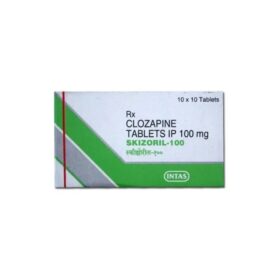 Skizzoril
Skizzoril









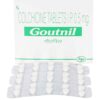
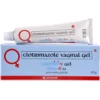



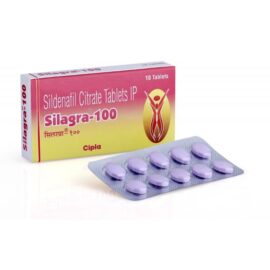

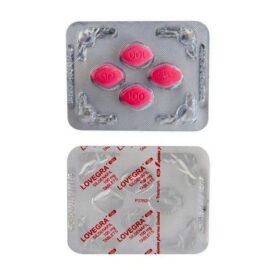



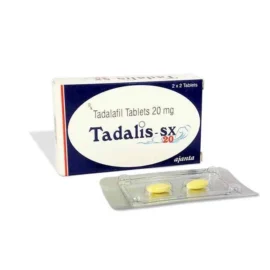
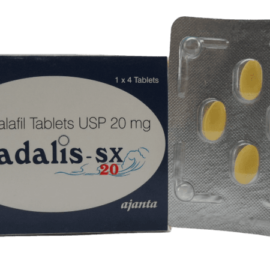

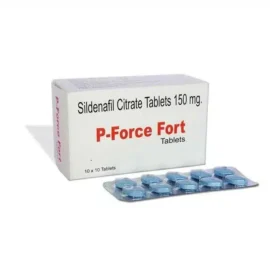


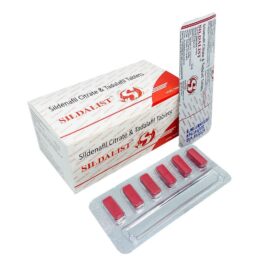



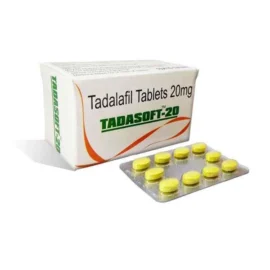
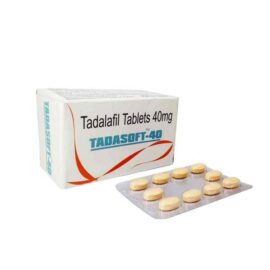

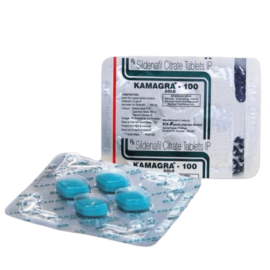
Reviews
There are no reviews yet